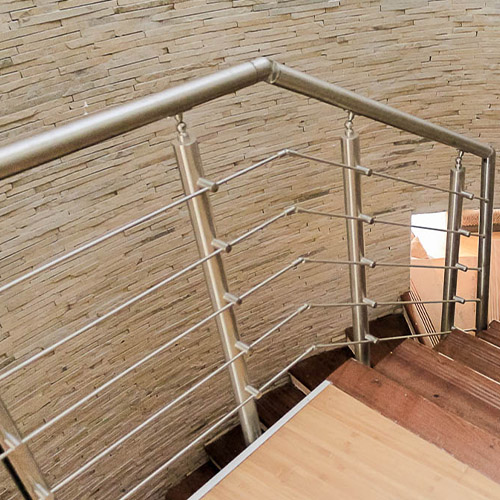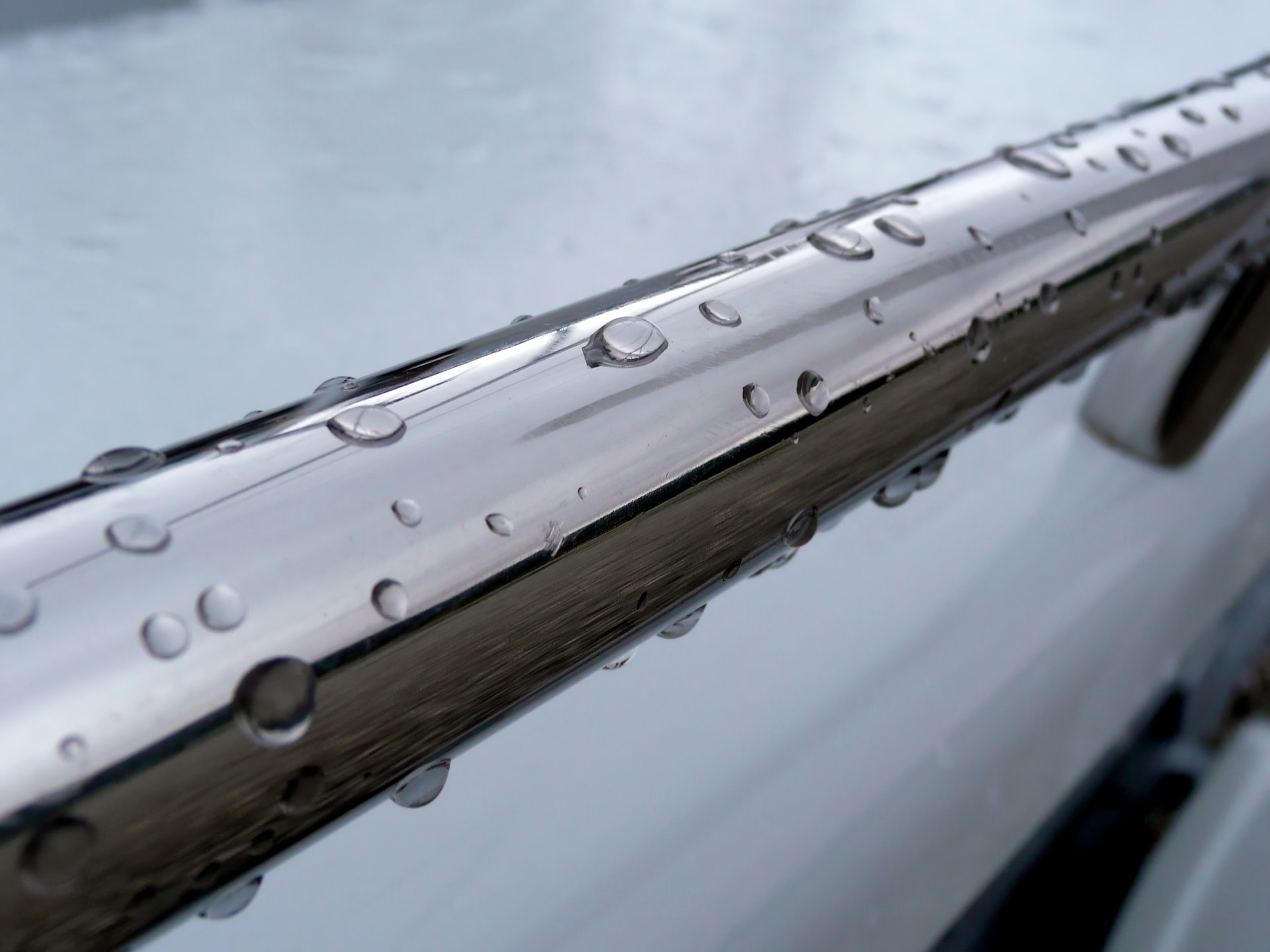This is an alloy of iron that is resistant to resistant to rusting and corrosion. Due to its strength, flexibility and resistance to corrosion, it is commonly used in modern construction. It is therefore, used in exterior cladding for large high impact buildings and, in the interiors in form of handrails, counter tops, backsplashes. Most stainless steel is first melted in electric-arc or basic oxygen furnaces and subsequently refined in another steelmaking vessel, mainly to lower the carbon content.
It is also a clean, durable, corrosion resistant material with a design life expectancy of over fifty years.
Stainless steel is popularly used for cookware kitchen utensils and cutlery. This is because its hardwearing, corrosion resistant, and it doesn’t affect the flavor of the food when used for storage or high production. Due to the resistance level, foods with high acidity won’t cause damage. It is also waterproof hence does not lose its color or tarnish even after regular contact with water. Jewelry made of stainless steel can therefore be worn in the shower without hesitation.
There are more than 100 grades of stainless steel, the majority are classified into five major groups of stainless steel;
- Austenitic steels, usually have the highest corrosion resistance. They are not hardened by heat treatment and are nonmagnetic. Typical applications include aircraft and the dairy and food processing industries.
- Ferritic steels, are nickel-free; because of their low carbon content, they are not hardenable by heat treatment and have less critical anticorrosion applications such as architectural and auto trim.
- Martensitic steels, they are hardenable by heat treatment, have modest resistance, and are employed in cutlery, surgical instruments, wrenches, and turbines.
- Duplex stainless are a combination of austenitic and ferritic stainless steels in equal amounts. They are stronger and more resistant to corrosion than austenitic and ferritic stainless steels, which makes them useful in storage-tank construction, chemical processing, and containers for transporting chemicals.
Precipitation-hardening, also called age hardening or particle hardening, is a heat treatment technique used to increase the yield strength of malleable materials

Some of stainless steels’ benefit include:
- It is environmentally neutral and inert.
- Its longevity ensures its meets the need for sustainable construction.
- It is aesthetically appealing, extremely hygienic, easy to maintain, highly durable and offers a wide variety of aspects.
- It has an attractive finish and is of low maintenance.
- In a polished finish can help bring natural light into the building hence reducing energy consumption.
- Sustainability,
- Long term value.
- Fire and heat resistance,
main reason to consider ss is : Strength, Toughness, Ductility
From ornamental structures to rugged industrial use, stainless steel offers a range of utility. Understanding the unique characteristics of different stainless steel alloys is essential to not only ensuring long-lasting and safe performance, but optimizing costs as well.
Steel can also be categorized into four basic groups based on the chemical composition:
Carbon steel contains cans trace of alloying elements and account for 90% of total steel production. Carbon steels can be further categorized into three groups depending on their carbon content:
Low carbon steels
Medium carbon steel
High carbon steels
Alloy steels containing alloying elements in varying proportions in order to manipulate the steel’s properties such as its hardenability, corrosion resistance, strength, formability, weldability, or ductility.
Stainless steels generally contain between 10-20% chromium as the main alloying element and are valued for high corrosion resistance.
Tool steel contain tungsten, molybdenum, cobalt and vanadium in varying quantities to increase heat resistance and durability, making them ideal for cutting and drilling equipment.



